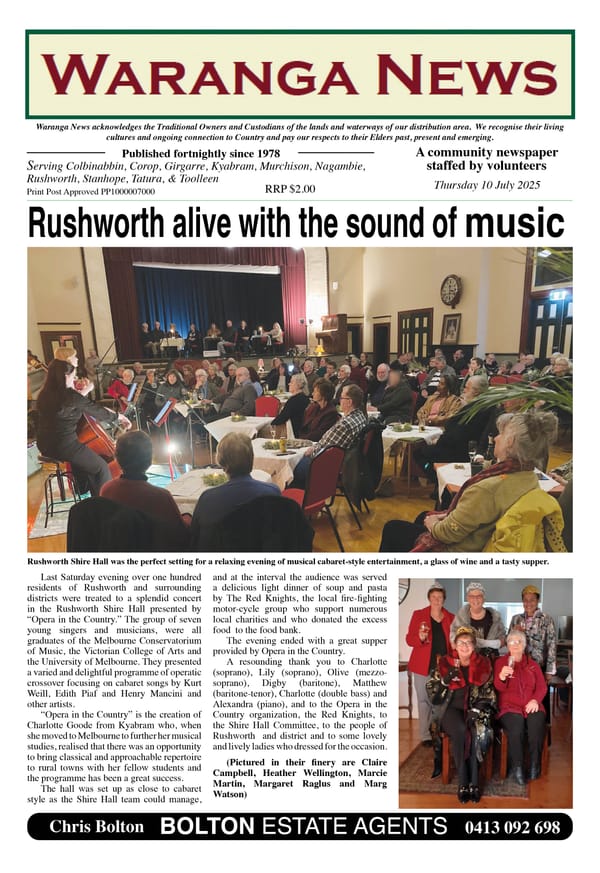19. Visiting the box ironbark forest

In one of our earlier stories, Harry Parris, an old Nagambie resident writing in the 1950s had surmised that the Ngurai-illum Wurrung people wintered at Reedy Lake. He proposed that with the onset of spring, they would be on the move, heading through the ancient red gum forest that existed in the district now known as Angustown. Parris felt they would have then travelled into the box-ironbark forest and on to what we now know as Whroo.
Cryptically, Mr Parris stated that he thought that “at Whroo the Balaclava Hill seemed to possess some special significance for the natives” without saying why, other than “possibly because it gives an excellent view of the country to the west, and smoke signals from enemy tribes could be observed.” Balaclava Hill could indeed have been used as a vantage point (as well as being culturally significant), although we now know that areas to the west were also part of Ngurai-illum Wurrung territory. They would have been looking for signs of friends from other clans, rather than enemies.
RE-DISCOVERING ROCK WELLS
With his keen interest in Aboriginal history, Mr Parris “re-discovered” the rock well at Whroo in 1949. He already knew that the name Whroo was a variation of a local Aboriginal word (woorro) meaning lips/mouth, and in searching the area with Mr A H Perry of Bailieston, he was working on the assumption that there must be a location in that vicinity where Aboriginal people went to get a drink.
In 1956, he took Aldo Massola (then Curator of Anthropology at the oddly-named National Museum of Victoria) to see the well. Earlier that year, Massola had already written a paper about similar wells in the Maryborough area. His theory was that there would be a series of reliable watering places on well-trodden paths through country – especially where things could become very dry, like our box-ironbark forests.
Massola wrote an article for “The Victorian Naturalist” in which he described the well on Spring Hill, pretty much as we know it today. “At this point an outcrop of micaceous sandstone approximately 12 x 8 feet (3.7 x 2.4 metres) emerges from the soil. On this outcrop an oval hole about 15 inches long and 10 inches (38 x 24 cm) wide has been sunk to a depth of about 3 feet (0.98 m).”
WHOSE WELL?
The Ngurai-illum Wurrung people have been linked to the well since time immemorial. It is most likely that it was on a songline that was traversed between Reedy Lake and the Goulburn River in the east, to areas further west including the Corop lakes and wetlands and the Mount Camel range.
By the time of the gold rush, the Ngurai-illum Wurrung’s link with the well was probably already broken. It was Massola who observed that it was most likely increased in size by the miners so they could get a billy of water by immersion. It is hard to imagine that it would have been a very reliable source of water to service the thousands of diggers who were briefly in the area, but it had formerly comfortably satisfied the needs of the original custodians.
To further support the theory that it was miners who increased the size of the well, Massola noted that “native water-holes almost always have a small aperture so that they could protect them from pollution by animals and debris, and also against loss of water by evaporation.”
References: Massola, Aldo, The Native Water Well at Whroo, Goulburn Valley (The Victorian Naturalist, July 1957); Rushworth Chronicle 1953.





